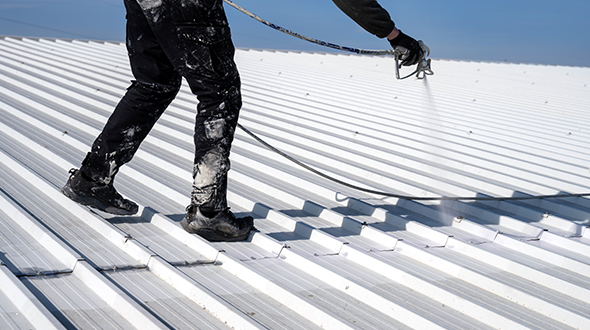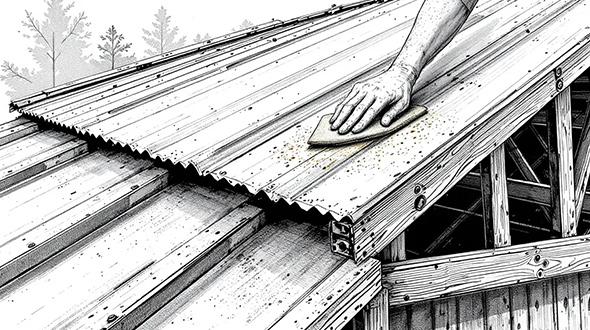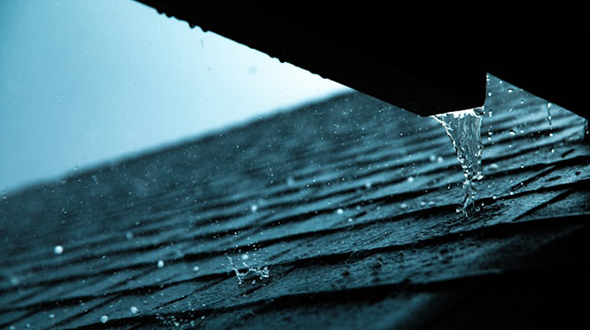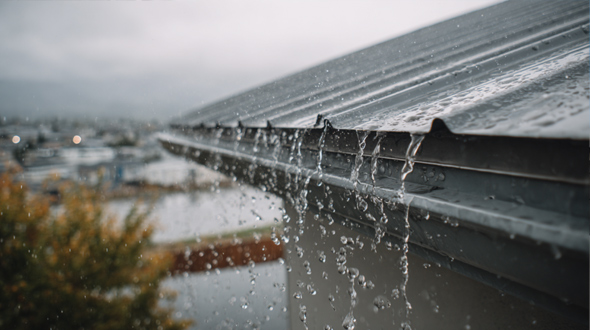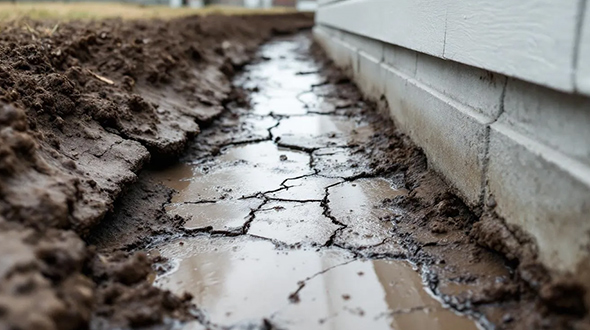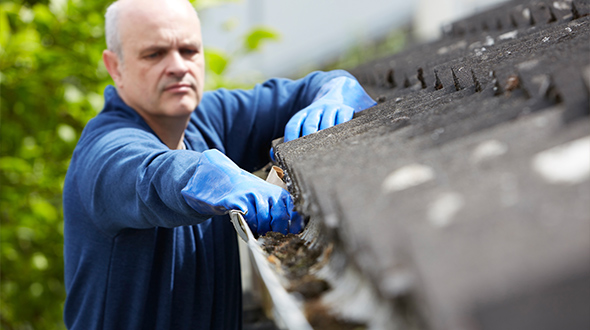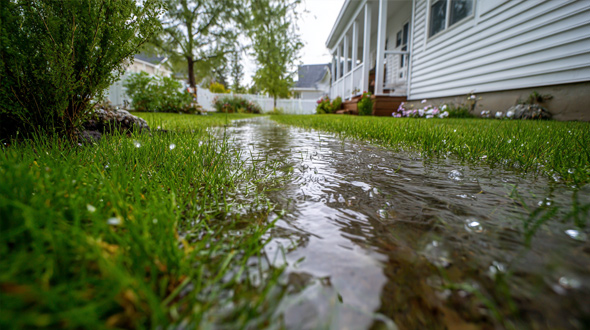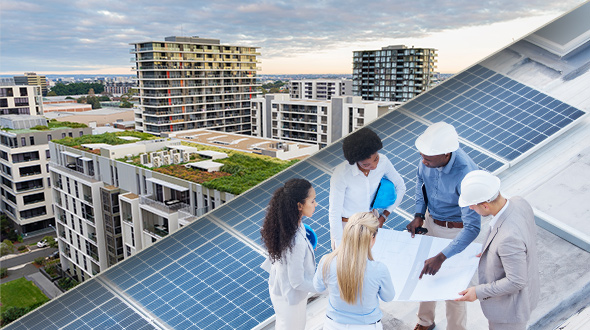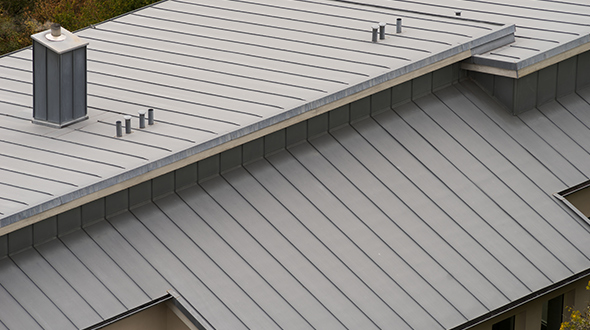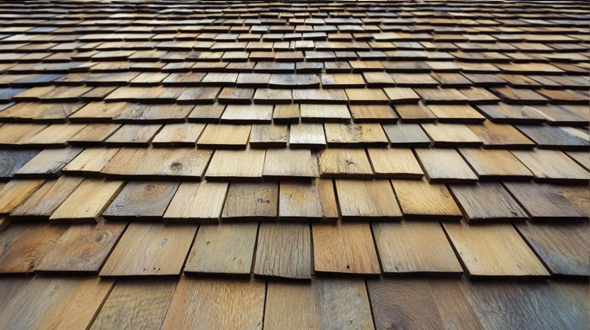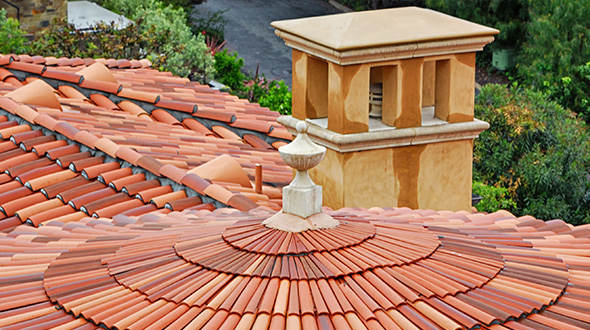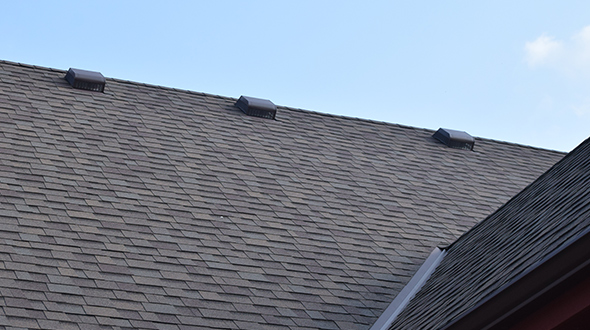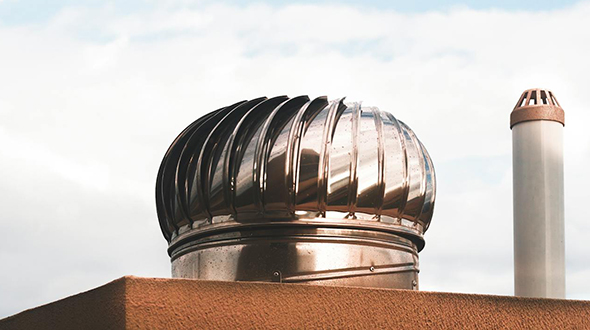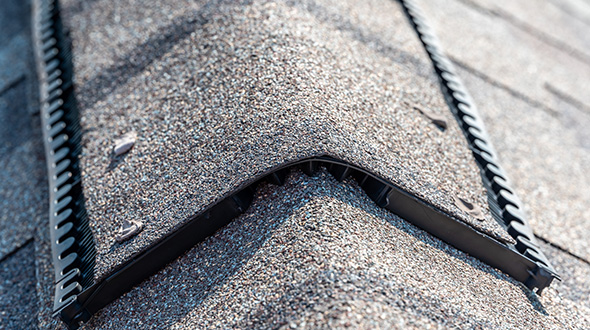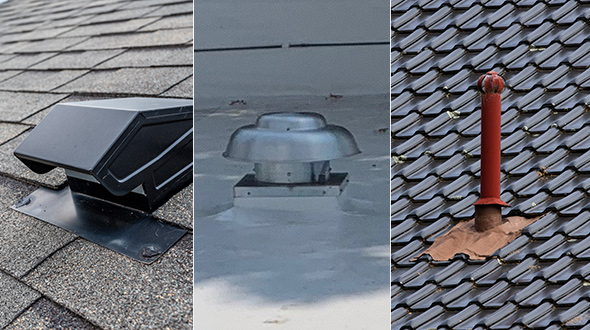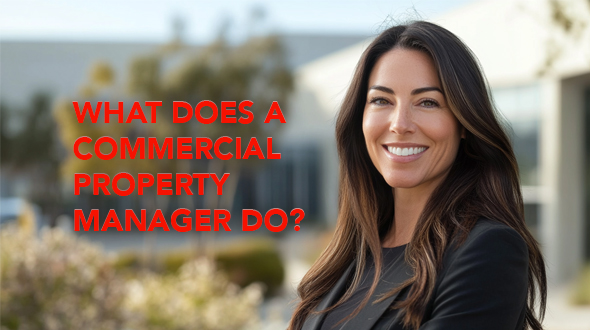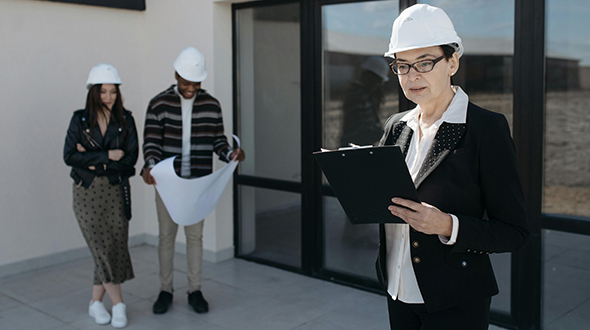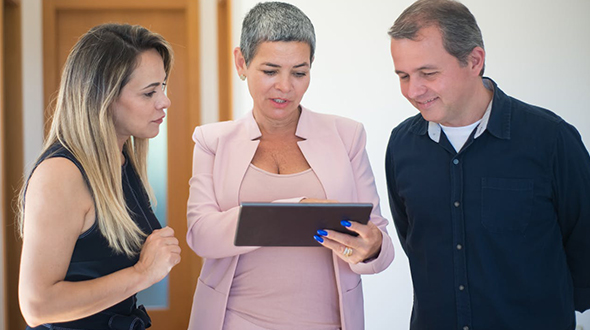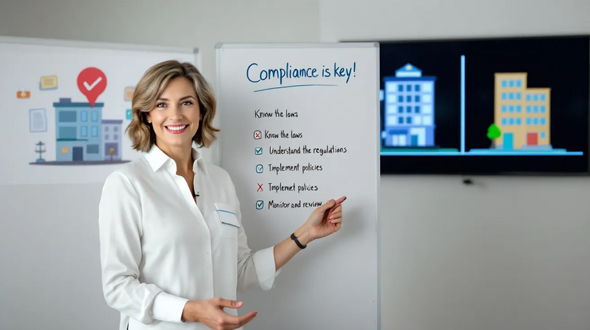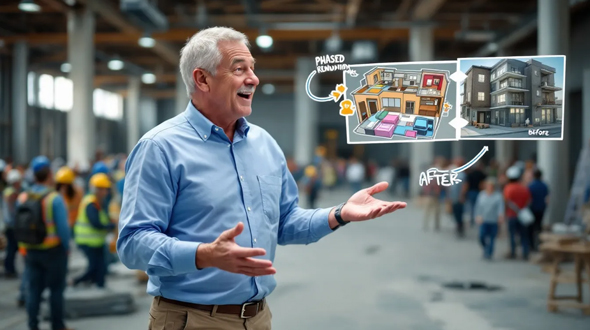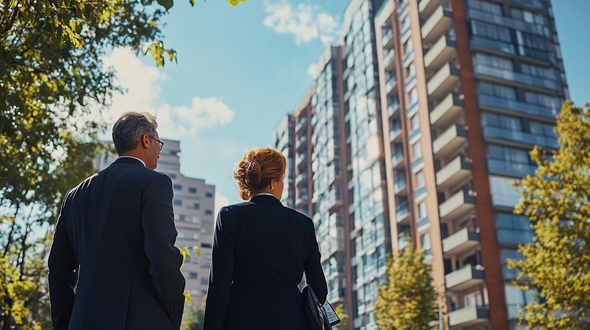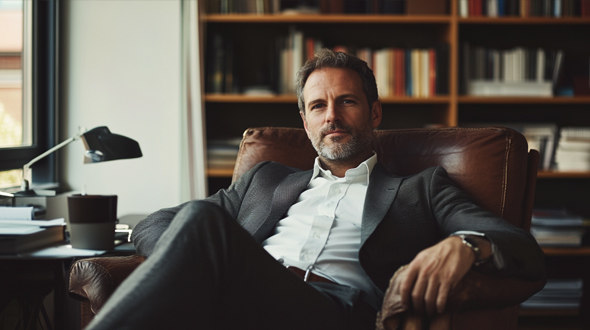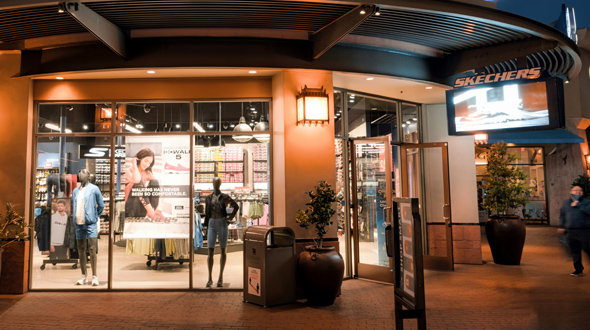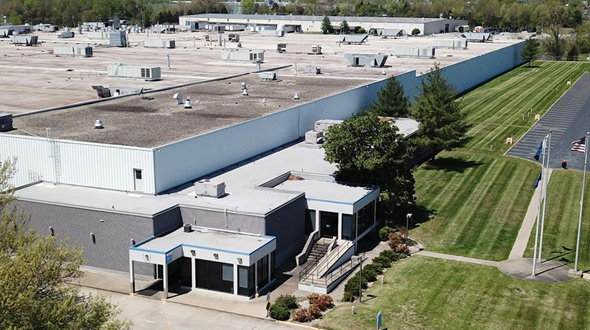If you’re wondering what type of roof lasts the longest, you’re likely exploring the most durable materials for your property. A roof’s lifespan depends largely on the material, with some options lasting over a century. In this article, we’ll break down the top roofing materials known for their longevity and durability, and highlight what you should know about each one.

Key Takeaways
- Roof longevity is primarily influenced by the quality of materials, installation, and maintenance, with metal roofs outlasting asphalt roofs by up to three times.
- The most durable roofing materials include slate, clay and concrete tiles, metal, synthetic options, and wood shingles, each offering unique longevity and maintenance needs.
- Proper installation and regular maintenance are crucial for maximizing roof lifespan, as environmental factors and material quality can significantly impact durability.
Understanding Roof Longevity
Roof longevity is a topic that should be at the forefront of every homeowner’s mind. Roofing is a significant investment, not only in terms of cost but also in the protection it provides to your property. Several factors, including the quality of the roofing materials, the installation process, and ongoing maintenance, influence the lifespan of a roof. For instance, metal roofs can last three times as long as traditional asphalt roofs, making them a more durable option. Additionally, considering a roof’s longevity can help homeowners make informed decisions about their roofing choices.
The type of roof material you choose will significantly affect how long your roof lasts. High-quality materials, when installed correctly and maintained diligently, can provide exceptional longevity. The average high-quality roof’s life expectancy ranges from 25 to 50 years, but with proper care, even traditional materials like asphalt shingles can reach around 20 years. On the other hand, slate roofs, known for their durability, can last a century with proper upkeep.
It’s essential to understand that every roof will eventually age and require replacement. Cheaper materials may necessitate earlier replacement, potentially leading to higher long-term costs. Diligent maintenance and adherence to local building codes can significantly enhance roof longevity.
Choosing the right materials, along with proper installation and maintenance, maximizes your roof’s life expectancy.
Top Roofing Materials with the Longest Lifespan
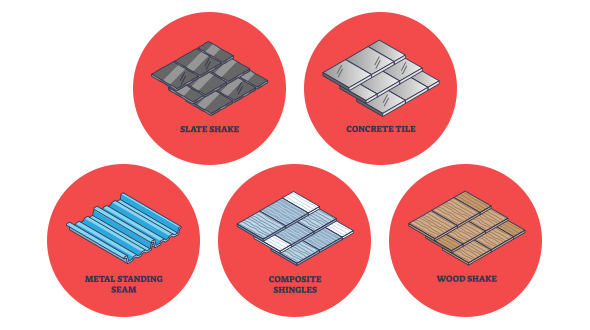
Longevity is a key factor when choosing roofing materials, as it greatly influences long-term value and performance. Different materials offer varying lifespans, and selecting the right one can save you both money and maintenance over time. Some of the most durable and longest-lasting roofing materials include:
- Slate
- Clay and concrete tiles
- Metal roofing
- Synthetic roofing
- Wood shingles and shakes
Each of these materials has unique properties that contribute to its durability and longevity.
Next, we delve into the specifics of each top-performing roofing material, including the most common roofing material. From the timeless elegance of slate roofs to the innovative designs of synthetic shingles, you’ll see what makes these materials stand out.
Whether you’re planning a new roof installation or a roof replacement, understanding the benefits and drawbacks of each material will help you make an informed decision.
Slate Roofing
Slate roofing is often regarded as the gold standard in roofing materials due to its exceptional durability. A properly maintained slate roof can last between 75 and 100 years, making it one of the longest-lasting roofing materials available. The natural beauty of slate adds a touch of elegance to any home, and its durability ensures that it will stand the test of time.
However, slate roofing is quite heavy and may require additional structural support to be safely installed. This added weight means the roof deck must be strong enough to support it, which can increase the overall installation cost.
Despite these considerations, the longevity and aesthetic appeal of slate roofing make it a popular choice for homeowners seeking a durable and long-lasting roof.
Clay and Concrete Tile Roofing
Clay and concrete tile roofing are renowned for their durability and can last between 50 and 100 years with proper maintenance. These materials are highly resilient to harsh weather conditions and require minimal maintenance, making them an excellent choice for homeowners looking for a long-term roofing solution. The classic look of clay tiles also adds a timeless aesthetic appeal to any home, especially when paired with a tile roof.
Concrete tiles offer similar benefits and are known for their strength and longevity. Both clay and concrete tiles are heavier than traditional roofing materials, so it’s essential to ensure that your roof deck can support their weight. Additionally, concrete tile roofs provide excellent durability and aesthetic appeal.
Despite the initial investment and potential need for additional structural support, the longevity and low maintenance of clay and concrete tiles make them a worthy investment.
Metal Roofing
Metal roofing, including materials like steel, aluminum, and copper, is another top contender for long-lasting roofing solutions. Key points about metal roofs include:
- They generally last between 40 and 70 years.
- Copper roofs often exceed 70 years.
- Their durability is unmatched due to high resistance to corrosion, water damage, and extreme weather conditions, making them a durable roofing material.
- They are an excellent choice for areas prone to severe weather.
The types of metal roofing materials cater to various needs and preferences. Steel and aluminum are popular for their affordability and durability, while copper and zinc offer a more premium, long-lasting solution. The resistance of metal roofs to high winds, heavy snow loads, and hail further contributes to their longevity.
With minimal maintenance and a long lifespan, metal roofing is a solid investment for most homeowners.
Synthetic Roofing
Synthetic roofing materials have gained popularity for their ability to mimic the appearance of natural materials like slate, cedar shake, and synthetic slate at a lower cost. These materials offer several advantages:
- Provide the same aesthetic appeal as natural materials
- Offer increased durability
- Have a lifespan of over 50 years
- They are lighter in weight, reducing the need for additional structural support
One of the significant advantages of synthetic roofing is its resistance to common roofing issues like cracking, warping, and moisture damage. These materials are engineered to withstand severe weather, making them a reliable, long-lasting option for homeowners. The combination of durability, aesthetic appeal, and lower cost makes synthetic roofing an attractive choice for many.
Wood Shingles and Shakes
Wood shingles and shakes are valued for their natural beauty and traditional appearance. Typically, these roofing materials last between 30 and 50 years with proper maintenance. Cedar shake shingles, in particular, can last around 30 years, potentially extending to 50 years depending on the climate and maintenance practices. The rustic charm of wood shingles and shakes adds a unique aesthetic appeal to homes.
However, wood roofing requires more maintenance compared to other materials. Regular inspections, cleaning, and treatments are necessary to prevent rot and insect infestation. Despite the higher maintenance needs, the longevity and natural aesthetics of wood shingles and shakes make them a popular choice for those looking to enhance their home’s curb appeal with a wood shingle roof.
Factors Influencing Roof Longevity
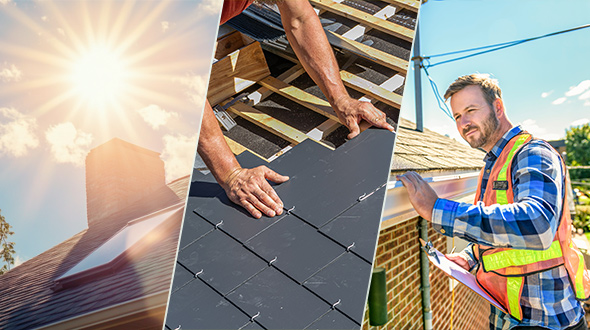
Several factors influence the longevity of a roof, and understanding these can help you make informed decisions regarding roofing materials. High-quality roofing materials are crucial for ensuring durability, particularly against harsh weather conditions. However, even the best materials can fail if not installed correctly. Proper installation is critical for the durability and reliability of your roof.
Maintenance practices also play a significant role in extending your roof’s lifespan. Regular inspections and timely repairs can prevent minor issues from becoming major problems. Additionally, employing a professional roofing maintenance program or performing regular maintenance yourself can enhance the overall durability of your roof.
Environmental factors, such as pollution and extreme weather, also impact roof longevity. For instance, the following can negatively affect roofing materials:
- Harsh sunlight
- High temperatures
- Freezing cycles
By considering these factors, you can maximize the life expectancy of your roof and protect your investment.
Climate and Weather Conditions
Climate and weather conditions are among the most significant factors affecting roof longevity. Specific weather patterns influence roof durability in different ways:
- Extreme weather, such as hail, can cause substantial damage to roofing materials, shortening their lifespan.
- Harsh sunlight and high temperatures can negatively impact the durability of your roof.
- Freezing and thawing cycles also affect roof durability.
- Heat, humidity, and snow affect roofing materials differently.
Certain roofing materials are better suited to withstand severe weather conditions. For example, metal roofing is highly resistant to high winds, heavy snow loads, and hail, making it an excellent choice for areas prone to extreme weather. Additionally, light-colored roofs typically outlast darker ones in warmer climates because they absorb less heat, helping extend the roof’s lifespan.
Installation Quality
The quality of your roof’s installation is critical to its longevity. Even high-quality materials can fail if they are not installed correctly. Proper installation ensures that the roofing materials can withstand the elements and perform as expected. Improper installation can lead to early deterioration, leaks, and structural issues, significantly shortening the roof’s lifespan.
Investing in high-quality materials and experienced roofing professionals is essential to prevent costly repairs and extend the roof’s lifespan. Common signs of poor installation include overlooked details that create vulnerabilities and lead to potential damage. Proper installation and adequate ventilation are critical to ensuring the performance and longevity of any roofing system, including standing-seam metal roofs.
Maintenance Practices
Routine maintenance is key to extending your roof’s lifespan. Effective maintenance practices include:
- Keeping the roof clean
- Removing debris
- Applying sealants when needed
Regular inspections and debris removal can prevent major repairs and prolong roof life. Regular maintenance significantly extends the lifespan of a roof and prevents costly repairs.
Key maintenance tasks to protect your roof include:
- Checking and repairing flashing around chimneys to prevent leaks.
- Inspecting wood roofs regularly and removing debris to prevent rot and infestation.
- Keeping gutters clean and removing debris to prevent moisture buildup and water damage.
- Addressing clogged gutters immediately to avoid water damage to the roof, especially from overhanging tree branches.
Tips for Extending Your Roof’s Lifespan
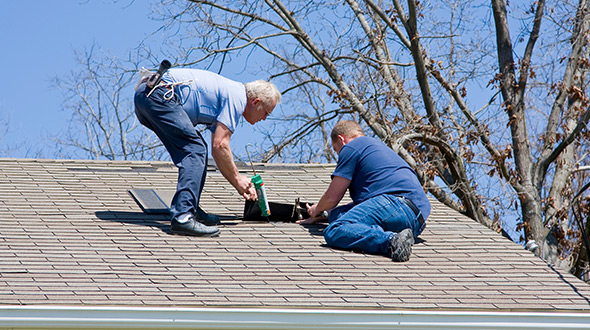
A proactive approach to maintenance and care is key to extending your roof’s lifespan. Regular inspections and maintenance, such as gutter upkeep, help prevent water damage. Proper ventilation also helps maintain consistent attic temperatures and prevents damage from extreme weather.
Next, we explore specific tips for extending your roof’s lifespan, including routine inspections, proper maintenance, and adequate ventilation. Following these tips helps protect your investment and ensures a long-lasting roof.
Conduct Routine Inspections and Perform Proper Maintenance
Routine inspections maintain your roof’s integrity. Hiring a roofing professional ensures a thorough evaluation and identifies any installation issues. Performing routine inspections and regular attic and roof examinations reveals early signs of problems, allowing timely interventions. Additionally, regular inspections provide useful documentation for insurance claims.
The benefits of regular roof inspections include:
- Maintaining your roof’s integrity
- Ensuring a thorough evaluation by a professional
- Identifying any installation issues
- Revealing early signs of problems through attic and roof examinations
- Allowing timely interventions
- Providing useful documentation for insurance claims
Preventing minor issues from becoming major problems requires regular checks and immediate repairs. By conducting routine inspections, you can address potential problems early and extend your roof’s lifespan.
Moreover, proper maintenance extends your roof’s lifespan. Removing debris prevents moisture accumulation and maintains its integrity. Additionally, keeping gutters clean and removing debris is vital to prevent moisture buildup that could lead to water damage.
Ensure Adequate Ventilation
Proper ventilation is crucial for preventing moisture buildup and maintaining appropriate temperature levels in the roofing system. While a few different types of roof vents exist, lack of proper ventilation can result in significant moisture accumulation, leading to mold growth and structural damage.
Improper ventilation can also cause temperature extremes, leading to frost damage in colder climates and overheating in warmer conditions, both of which adversely impact roof integrity. Ensuring adequate ventilation is essential for extending the lifespan of your roof.
Pros and Cons of Long-Lasting Roofing Materials
Long-lasting roofing materials have their own advantages and disadvantages. Understanding these can help you make an informed decision when selecting the right roofing material for your home. Consider the following points:
- Durable materials like metal roofs and slate roofs offer exceptional longevity.
- They often come with higher upfront costs.
- These initial investments can be offset by their extended lifespan.
- They also have lower maintenance needs.
Additionally, the aesthetic appeal and environmental impact of these materials are also essential factors to consider. Some materials, like slate and clay tiles, not only enhance the visual charm of your home but also have a lower environmental footprint compared to more common roofing materials like asphalt shingles.
Understanding the balance between cost, longevity, aesthetic appeal, and environmental impact will help you select the best roofing material for your needs.
Cost vs. Longevity

When considering roofing materials, it’s crucial to weigh the cost against longevity. For example, standing seam metal roofing:
- Costs range from $10.00 to $20.00 per square foot, resulting in a higher initial investment.
- It is durable and visually appealing.
- Requires minimal maintenance, adding to its long-term value.
- Comes with a material warranty that includes a 30-year paint warranty on Kynar 500 finish, indicating longevity and quality.
On the other hand, wood shingles, while aesthetically pleasing, are generally considered high maintenance and expensive, which can affect overall long-term costs. When investing in roofing, it’s essential to consider both upfront costs and long-term value to make an informed decision.
Aesthetic Appeal
The visual appeal of your roof can significantly influence your home’s overall style and market value. Certain roofing materials, such as slate and clay tiles, enhance a home’s visual appeal and can significantly increase its market value. These materials not only offer durability but also provide unique visual styles that can complement the architectural design of your home.
For instance, slate roofing is known for its timeless elegance and natural beauty, while cedar shakes offer a rustic charm that adds significant curb appeal. By selecting the right roofing material, you can enhance both the durability and aesthetic appeal of your home, making it more attractive to potential buyers.
Environmental Impact
The environmental impact of roofing materials is an increasingly important consideration for many homeowners. Here are some points about common roofing materials:
- Metal and clay tiles are often more sustainable and have a lower environmental footprint compared to asphalt shingles.
- Asphalt shingle products contribute significantly to landfill waste.
- Metal roofing reflects heat, reducing cooling costs and enhancing energy efficiency.
Synthetic roofing materials also offer sustainability and energy efficiency benefits. By choosing eco-friendly roofing options, you can reduce your environmental footprint and promote sustainability. Additionally, many of these materials use recycled components or are fully recyclable, further contributing to environmental conservation.
Choosing the Right Roofing Material for Your Property
Selecting the right roofing material for your property involves considering several factors, including your budget, home style, and local climate. Durable roofing materials like slate and clay tiles may offer substantial longevity but often require specialized structural support and incur higher initial costs. However, their extended lifespan and lower maintenance needs can result in better value over time.
Sustainable roofing options, such as recycled materials, can help reduce the environmental footprint and promote sustainability. Investing in long-lasting roofing may involve higher initial costs, but it often leads to savings over time through reduced repair frequency and lower long-term maintenance costs.
Carefully considering these factors helps you select the right roofing material for your needs and budget.
Longest Lasting Roofs Summary
Understanding the longevity of roofing materials and the factors that influence their lifespan is crucial for making informed decisions about your roof. Long-lasting materials like slate, clay, and concrete tiles; metal; synthetic roofing; and wood shingles and shakes offer unique benefits and challenges. Proper installation, regular maintenance, and consideration of climate and weather conditions are key to maximizing your roof’s lifespan.
By weighing the pros and cons of each material —cost versus longevity, aesthetic appeal, and environmental impact —you can choose the right roofing material for your home. Investing in a durable, long-lasting roof not only protects your home but also enhances its value and curb appeal. Make a thoughtful decision, and your roof will stand the test of time, providing shelter and security for years to come.
Frequently Asked Questions
What are the longest-lasting roofing materials?
Slate, clay, and concrete tiles, metal roofing, and synthetic roofing are among the longest-lasting roofing materials, offering lifespans of 50 to 100 years or more. Choosing these options can provide enduring durability and protection for your property.
How does climate affect roof longevity?
Climate plays a crucial role in determining roof longevity, as extreme weather events such as hail, high winds, and intense sunlight can exacerbate wear and tear on roofing materials. Understanding these impacts can help in choosing the right roofing systems for specific environmental conditions.
Why is proper installation crucial for roof longevity?
Proper installation is crucial for roof longevity because it ensures the materials can endure environmental stresses and function effectively. Inadequate workmanship may result in premature deterioration and significant structural problems.
What maintenance practices can extend the lifespan of my roof?
Regular inspections, prompt debris removal, and proper ventilation are crucial practices that can significantly extend your roof’s lifespan. By adhering to these practices, you can help prevent costly repairs and ensure your roof remains in good condition for years to come.
How do I choose the right roofing material for my home?
To choose the right roofing material for your home, evaluate your budget, your home’s style, local climate conditions, and the long-term value of different materials. Prioritizing durability and sustainability will yield better value in the long run.
(404) 220-9288
